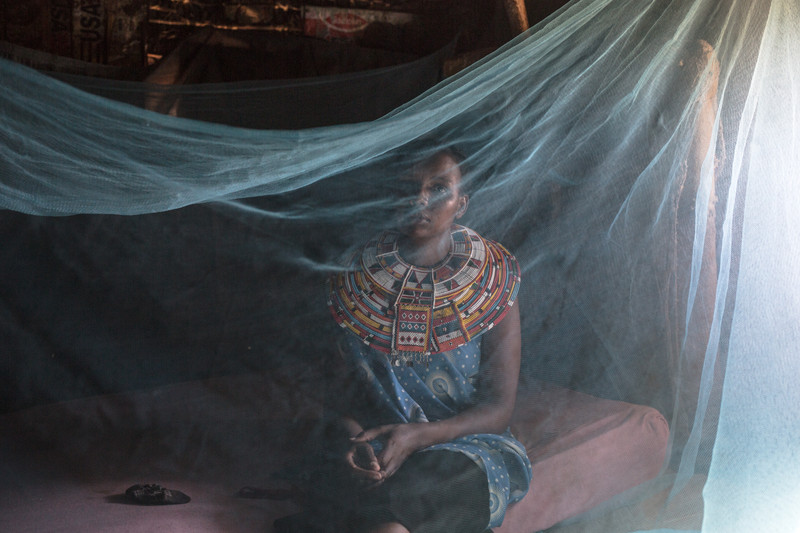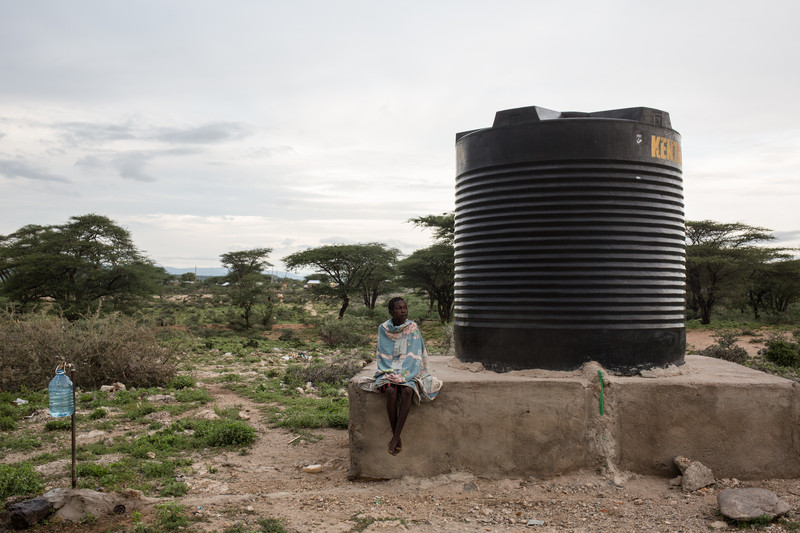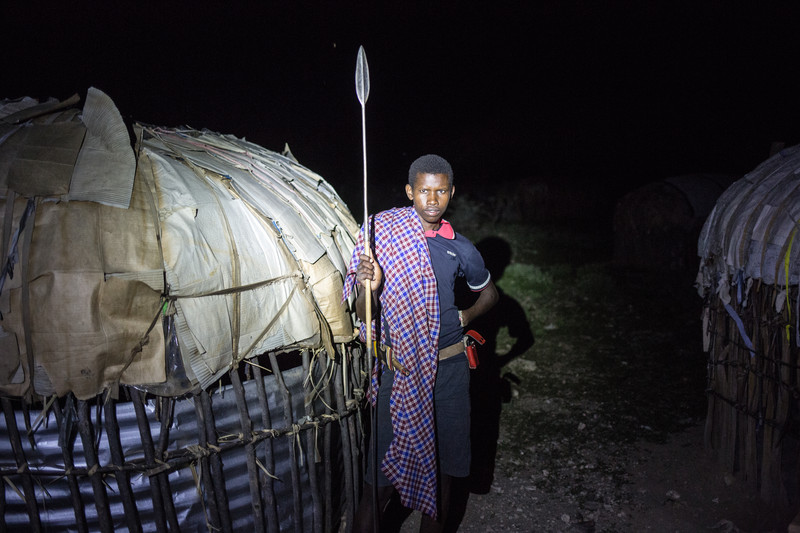In the Savannah, a refuge for women
© Zen LefortAt its creation, the inhabitants of these villages were rejected by the rest of the Samburu tribe. Persevering, they worked, as only men can traditionally do, to rear their livestock and survive. With their crafts, they were able to attract tourists (and therefore income) to their village and make themselves known. In 25 years, Kenyan society has evolved. Their way of life is now tolerated. To live only between women remains a necessity for some, traumatized by their experience of the world of men, and too many accustomed to independence.
The first villages of Kenyan women appeared from 1990. More than 20 years later, about thirty of their inhabitants have in turn founded Unity, tens of kilometers away, for lack of space. Too many women wanted to escape the Samburu traditions. In seven years, Unity has transformed an uninhabited corner of the bush into an almost autonomous village, where women manage their lives as they see fit. This village, the most recent of its kind, allows them to rebuild and offer a brighter future to younger generations.





While their mothers have undergone FGM, forced marriages, and violence, Unity girls have access to education, and support themselves without men’s help. Or almost. The only authorized male representatives in the village grew up there. Unity’s sons, once grown up, come back to help their mothers and sisters. Little by little, this feminine community is making a place for itself in Samburu society. Without ever giving up the claim to their rights.
click to view the complete set of images in the archive
